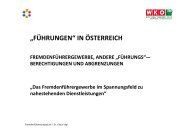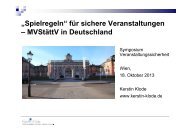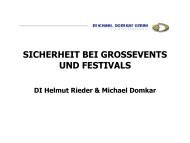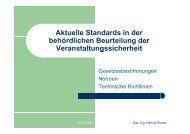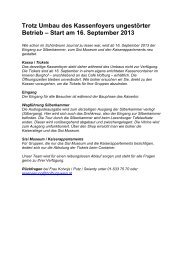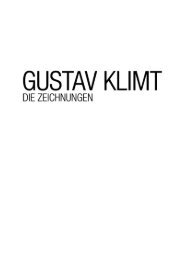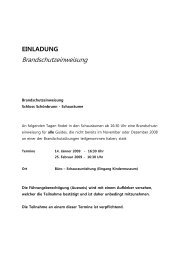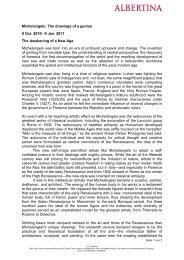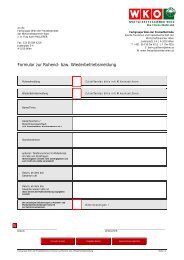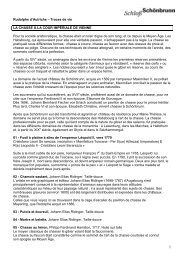kunstkammer vienna the cradle of the museum - Freizeitbetriebe ...
kunstkammer vienna the cradle of the museum - Freizeitbetriebe ...
kunstkammer vienna the cradle of the museum - Freizeitbetriebe ...
You also want an ePaper? Increase the reach of your titles
YUMPU automatically turns print PDFs into web optimized ePapers that Google loves.
GALLERY 27 EMPEROR RUDOLF II (1552–1612) AND HIS KUNSTKAMMER IN<br />
PRAGUE<br />
FOCAL WORK<br />
Emperor Rudolf II was <strong>the</strong> most important collector and patron from <strong>the</strong> House <strong>of</strong><br />
Habsburg. In his palace at Prague he had a total <strong>of</strong> eight rooms adapted to house his<br />
paintings, library and Kunstkammer. In <strong>the</strong> 17th century, however, <strong>the</strong> ravages and<br />
predations <strong>of</strong> <strong>the</strong> Thirty Years’ War greatly reduced <strong>the</strong> encyclopedic breath <strong>of</strong><br />
what remains <strong>of</strong> his collection.<br />
The largest extant holdings <strong>of</strong> works collected by Rudolf are now in Vienna,<br />
distributed among <strong>the</strong> various collections <strong>of</strong> <strong>the</strong> Kunsthistorisches Museum Wien.<br />
Almost every object on show in Gallery 27 was once in <strong>the</strong> emperor’s<br />
Kunstkammer in Prague. They include works by <strong>the</strong> foremost representatives <strong>of</strong><br />
<strong>the</strong>ir medium: Adriaen de Vries, Ottavio Miseroni, and Jan Vermeyen.<br />
Emperor Rudolf II<br />
Adriaen de Vries (1556–1626)<br />
Prague, dated 1603<br />
Bronze<br />
KK 5506<br />
Adriaen de Vries, personal sculptor to <strong>the</strong> emperor, had a unique gift for glorifying<br />
<strong>the</strong> shy emperor in his portraits. This bust is modelled upon a bust <strong>of</strong> his great<br />
uncle, Emperor Charles V, which Rudolf had acquired, but surpasses it in majestic<br />
pathos. The symbols on <strong>the</strong> plinth refer to <strong>the</strong> dignity, power and wisdom <strong>of</strong> <strong>the</strong><br />
emperor.



